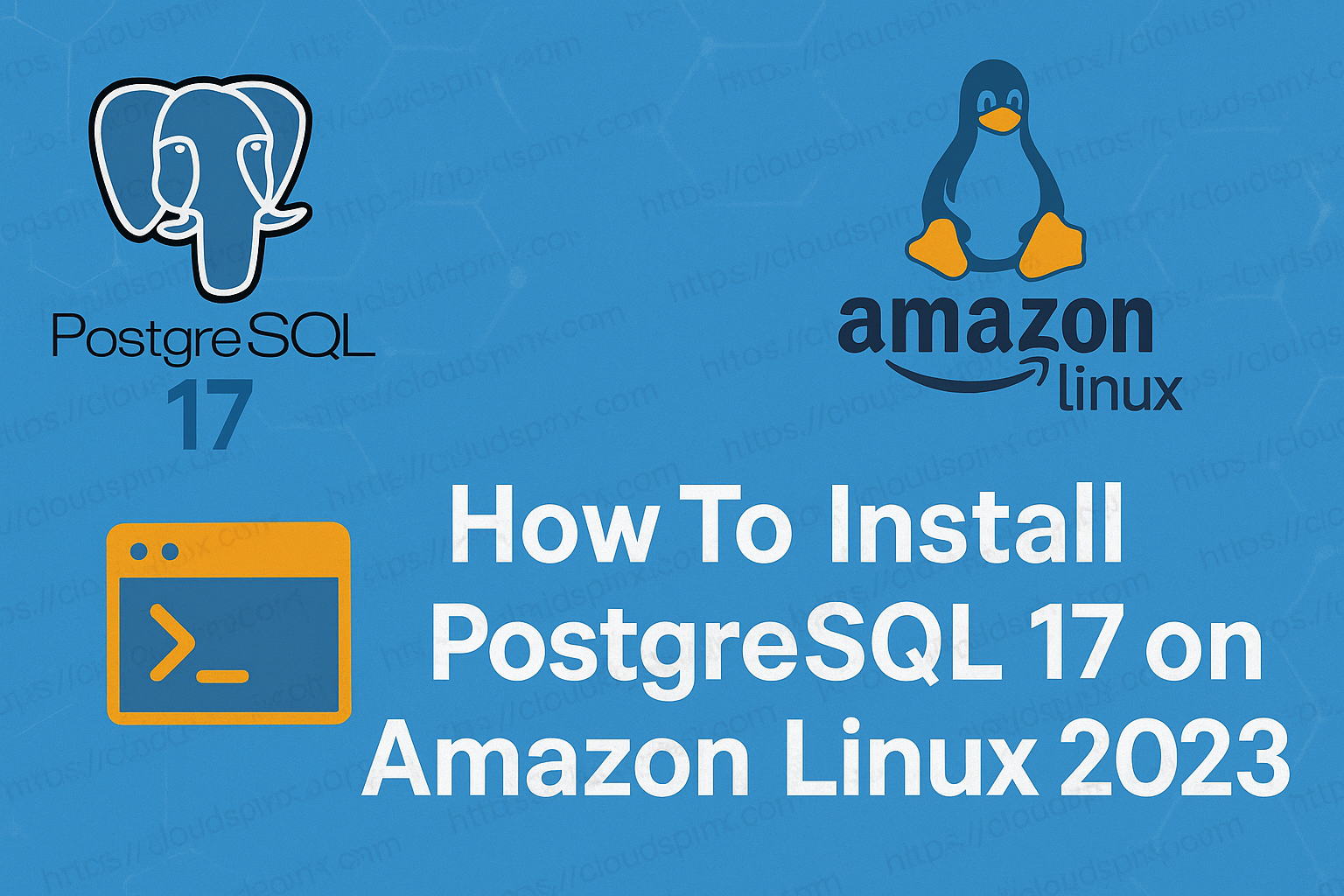In this guide you’ll learn to install KVM hypervisor on Ubuntu 24.04|22.04|20.04. KVM, short for Kernel-based Virtual Machine is a free and open source virtualization platform for Linux and owned by Red Hat. KVM turns your Linux system into a hypervisor and allows you to run multiple guest operating systems (virtual machines) which do not interfere with the normal Linux operations. To be able to run KVM virtual machines, you need to ensure that your Ubuntu supports CPU virtualization extensions like Intel-VT and AMD-V.
🚀 Ready to master Ubuntu? This content is an extract from The Ultimate Ubuntu Desktop Handbook. Discover the complete guide today.
With KVM, every virtual machine is implemented like a regular Linux process but with isolated resources such as network card, memory and CPU. It is part of Linux and is faster than its counterparts. It is referred to as Kernel-based virtual machine because once installed a kernel module (kvm-intel.ko / kvm-amd.ko) is loaded into the kernel.
🧠 Don’t just learn KVM – master it with the best-selling eBook trusted by thousands.
Step 1: Confirm Hardware Virtualization is supported
As stated above, your Ubuntu 20.04 should support hardware virtualization for you to be able to to install a hypervisor like KVM and run virtual machines. Run the below command on the terminal
$ grep -E -c "vmx|svm" /proc/cpuinfo
8If the output is higher than zero, hardware virtualization is supported otherwise it is not and you, therefore, need to enter system bios and enable VT technology.
You may also wish to check whether your system is capable of running KVM virtual machines. Install ‘cpu-checker’ to enable you to verify.
sudo apt update
sudo apt install -y cpu-checkerOnce installed, verify with the below command:
$ kvm-ok
INFO: /dev/kvm exists
KVM acceleration can be usedStep 2: Install KVM , Virt-manager and other dependencies
Once you have verified that your machine can handle KVM hypervisor and run virtual machine, proceed to install KVM, virt-manager and bridge-utils with the below command:
sudo apt update
sudo apt install -y qemu qemu-kvm libvirt-daemon bridge-utils virt-manager virtinstWhen installation is complete, verify that KVM module has been loaded into kernel with the below command:
$ lsmod | grep -i kvm
kvm_intel 286720 0
kvm 712704 1 kvm_intelStep 3: Start libvirtd service on Ubuntu
Libvirtd service should be automatically started when installed. Confirm status as below:
$ systemctl status libvirtd.service
● libvirtd.service - Virtualization daemon
Loaded: loaded (/lib/systemd/system/libvirtd.service; enabled; vendor preset: enabled)
Active: active (running) since Mon 2025-02-03 13:24:15 EAT; 5min ago
TriggeredBy: ● libvirtd-ro.socket
● libvirtd.socket
● libvirtd-admin.socket
Docs: man:libvirtd(8)
https://libvirt.org
Main PID: 58453 (libvirtd)
Tasks: 19 (limit: 32768)
Memory: 16.4MStep 4: Create a Bridge network for KVM virtual machines (Optional)
The network bridge will enable your VMs to be accessible from the internet if you need so. There is already a virtual bridge, virbr0, created automatically when KVM is installed and is used for testing purposes. To create a virtual bridge, edit netplan or network interfaces configurations depending on which your system is using. For my case, I am editing netplan configuration
sudo vim /etc/netplan/01-network-manager-all.yamlBelow in my initial configuration:
network:
ethernets:
enp0s3:
addresses: [1192.168.50.2/24 ]
gateway4: 192.168.50.1
nameservers:
addresses: [4.2.2.2, 8.8.8.8]
version: 2To create a bridge, remove the settings on the primary interface and put the under the bridge interface configured on the primary interface as below:
network:
ethernets:
enp0s3:
dhcp4: no
dhcp6: no
version: 2
bridges:
br0:
interfaces: [enp0s3]
addresses: [192.168.50.2/24]
gateway4: 192.168.50.1
nameservers:
addresses: [4.2.2.2, 8.8.8.8]Once done, activate the changes using below command and you should see your br0 bridge created.
sudo netplan tryStep 5: Add your user to user to libvirt and kvm groups
Use the below commands to add your user to Libvirt and KVM groups.
sudo usermod -aG libvirt $USER
sudo usermod -aG kvm $USERStep 6: Reboot your Ubuntu system
After all configurations, I would recommend to reboot your Ubuntu system to avoid the error of ‘Not Connected’ when you open virt-manager.
sudo rebootStep 7: Create KVM virtual machines
We can create a Virtual Machine in KVM using virt-manager user interface or from command line using virt-install. Let’s launch virt-manager and start creating our virtual machines. On the terminal, run the command as below:
$ virt-managerThe above command should open virt-manager graphical interface. If it doesn’t you may be required to install xserver environment as below:
sudo apt update
sudo apt-get install xorg -y
sudo rebootAlternatively, if your Ubuntu has a graphical interface, virt-manager will have been added to the your desktop and you can launch by double clicking on the desktop shortcut and Virtual Machine Manager should open up.
If you are on a GUI environment, you can create a vm using virt manager’s GUI, but if you are a terminal lover, follow the next step to create from the command line.
Create KVM Virtual Machines from Command line
To install a VM on KVM from command line, I am going to run a command as below, where in this case I am installing Oracle Linux 8
sudo virt-install \
--name=Oracle8-vm \
--vcpus=2 \
--memory=1650 \
--cdrom=/var/lib/libvirt/images/OracleLinux-R8-U1-x86_64-dvd.iso \
--disk size=20 \
--os-variant=ol8.0The virsh Utility.
Virsh is a utility used to interact with the virtual machines. For example, you can list all the configured guests by running the command below:
$ sudo virsh list --all
Id Name State
----------------------------
4 Oracle8-vm running
5 ol8.0 runningYou can also use edit guest parameters by running the command below and specifying VM name:
$ sudo virsh edit ol8.0
Select an editor. To change later, run 'select-editor'.
1. /bin/nano <---- easiest
2. /usr/bin/vim.basic
3. /usr/bin/vim.tiny
4. /bin/ed
Choose 1-4 [1]: The output is an xml file of the VM configuration which you can edit as you like and save the file.
That’s all I had on how to install KVM hypervisor on Ubuntu. We have also looked at how to create virtual machines on KVM using virt-install via the command line. I hope the guide has be useful. Please don’t forget to click on the below links for more great articles:
- Install KVM on Debian with virt-manager and Cockpit
- Manage KVM on Ubuntu using WebVirtCloud
- Using Vagrant with VirtualBox and KVM on Debian
- Install and Use KVM Virtualization on Oracle Linux
Video Courses to Learn Linux System Administration:
- Linux Mastery: Master the Linux Command Line in 11.5 Hours
- Complete Linux Training Course to Get Your Dream IT Job
- Learn Linux in 5 Days and Level Up Your Career
- Linux Administration Bootcamp: Go from Beginner to Advanced
- Complete Linux Bash Shell Scripting with Real Life Examples
- Linux Shell Scripting: A Project-Based Approach to Learning









